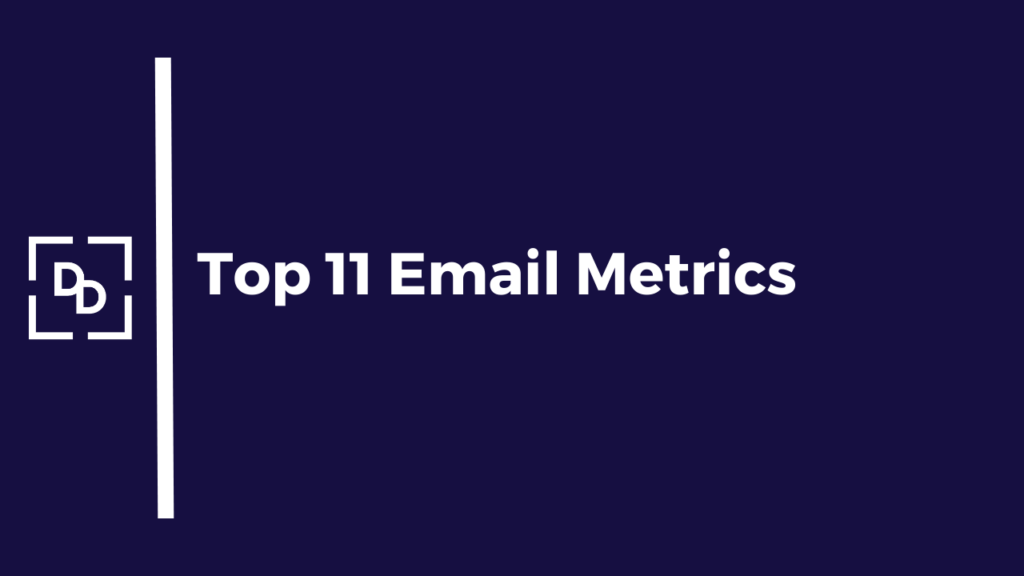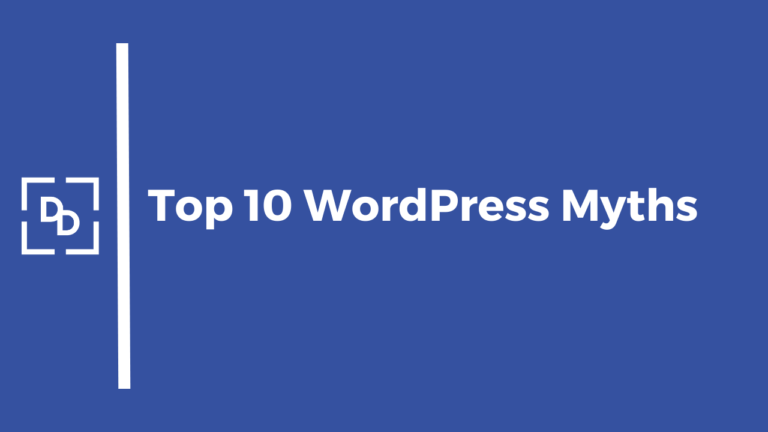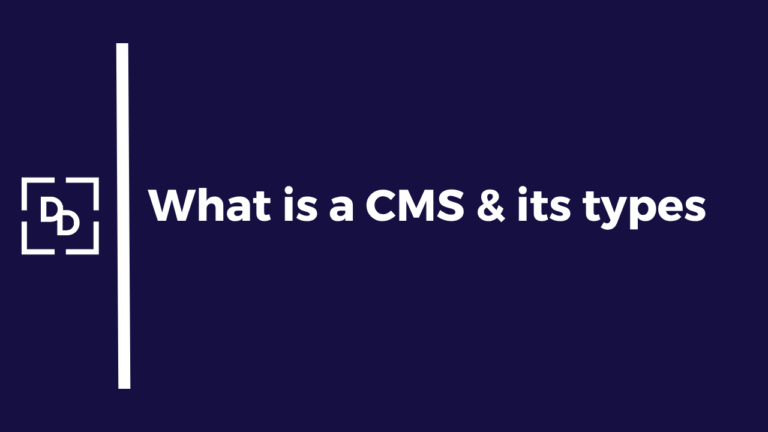Table of Contents
Highlights
- Email marketing metrics provide important insights into your Email campaign performance and audience engagement.
- By monitoring these metrics, businesses can improve their targeting, content and overall strategy.
- Key metrics include open rates, click rates, click-through rates, bounce rates, conversion rates & bounce rates.
- Analyzing these metrics can identify areas for improvement and optimize campaigns for better results.
- Understanding email marketing metrics is crucial for businesses to succeed in today’s digital landscape.

Introduction
Email Marketing metrics provide unique insights into your campaign’s performance, allowing you to make data-driven decisions for your future campaigns. This is something that should never be overlooked post your campaign.
In today’s online world, Email Marketing is very important for a good marketing strategy. To ensure your Email campaigns connect with your audience and get good results, you need to track key email marketing metrics. Knowing these metrics helps you see how well your campaigns are doing. You can find out what works and what doesn’t. This allows you to use data to improve your strategy.
In this blog, we’ll discuss the top 11 campaign metrics you need to monitor and how to use the data in future campaigns.
Top Email Marketing Metrics
Lets take a look at the most important Email Marketing metrics now & understand why these are so important and how you can monitor/track them:
1) Open Rate: The Open rate is key to email engagement. It shows the percentage of email recipients who open your email. A good open rate helps you understand how well your content resonated with your audience & your subject lines caught attention and make people want to open your emails.
If your open rate is low, it indicates either your content or subject lines might need improvement. Try changing the text, adding personal touches like mentioning the recipient name, or using emojis to make them more interesting.
A high open rate tells you that your subject lines resonated with your audience. You can use A/B testing to fine-tune your subject lines. This way, you can find the best ways to engage your subscribers.
Mailmodo
Use Mailmodo to create and send interactive emails your customers love. Drive conversions and get better email ROI
2) Click-Through Rates (CTR): Analyzing the click-through rate (CTR) is very important for checking how well your email campaigns work. This CTR indicates how many email recipients clicked on a link in the email. It reveals how much people are engaging with the email.
A high CTR means that your email content and CTA (call to action) are effective. By looking at the CTR, Digital Marketers & Email Marketers can improve their Email design and content to get more conversions.
Understanding the CTR helps not just with current campaigns but also with planning for the future, making your email marketing campaigns better.
3) Conversion Rates: While clicks are important, conversions is the primary objective of every Email Marketing efforts. The conversion rate shows the percentage of email recipients who do what you want them to do. This could be downloading a brochure/e-book, signing up for a webinar, or making a purchase on your website or a landing page.
A high conversion rate means your email marketing is good at turning your subscribers into customers or leads. To achieve a good conversion rate, make sure your email content matches the desired action. Ensure your landing pages you link to has a user-friendly experience and use strong call to action in your email copy.
A low conversion rate, on the other hand, means there might be some issues stopping people from taking an action. It’s necessary to find and fix any problems that could prevent conversions.
4) Bounce Rates: The Bounce Rate refers to the percentage of emails that fail to reach your recipients’ inboxes or landed in spam. It’s an important indicator of your email deliverability and list health.
A high bounce rate not only impacts/damages your sender reputation but also hinders your campaign’s effectiveness. To ensure your emails successfully reach their intended recipients i.e. into the Inbox, it’s important to understand the types of bounces and address them accordingly. Here’s a quick overview:
- Hard Bounce: Indicates a permanent delivery failure due to invalid email addresses, non-existent domains, or blocked emails.
- Soft Bounce: Indicates a temporary delivery issue due to a full inbox, server issues, or large email size.
By monitoring your bounce rate, you can maintain a clean email list, protect your sender reputation, and ensure your messages reach the right audience.
5) Email List Growth Rate: Your email list is very important, and how fast it grows tells you how well you are building it. The email list growth rate indicates you how quickly your subscriber list is getting bigger over time.
When your list growth rate is healthy, it’s a good sign. This means you are gaining new subscribers faster than you are losing them. To help your list grow, make sure signing up on the form on your website or landing page is easy, offer some great incentives, and promote email signups in different places. A strong & healthy list growth rate is key to reaching more people.
If your list growth rate is healthy, it might be time to check your list-building methods. Look for any problems in how people sign up, make your lead magnets better, or think about promoting your email list more firmly.
6) Unsubscribe Rate: The unsubscribe rate might sound bad, but it helps you learn more about your email content and how often you send emails. It shows the percentage of people who choose to stop receiving your emails after they get them.
Having a high unsubscribe rate should be worrying for you. It means your subscriber list is getting smaller, which in turn mean problems with your email copy or how often you send it. To reduce this high unsubscribe rate, consider segmenting your subscriber list. This way, you can send the right messages to the right people. Also, let your subscribers choose how often and what types of emails they want to receive.
Some unsubscribes will happen no matter what. However, you can keep your unsubscribe rate steady & low by sending quality content with what your subscribers expect and giving them useful information to delight them.
7) Spam Complaint Rate: Monitor your Spam Rate – this metric indicates how many of your recipients mark your emails as spam. A high complaint rate can damage your sender reputation & hinder your email deliverability, resulting in most of your emails landing in Spam instead of Inbox or Promotions tab.
To lower Spam complaints, ensure you use a clear, recognizable sender name & provide an easy “Unsubscribe option”. The sender name can be your Business Name or your Personal Name.
By following best practices, you can reduce Spam reports, maintaining a strong sender reputation & achieving better open & click rates.
8) Forward/Share Rate: This reflects the appeal of you email campaigns & how effectively they resonate with your subscribers. It measures the frequency at which your content is shared, thereby expanding your brand’s reach. A higher rate would mean your message is resonating well with your audience.
To boost sharing, create engaging, valuable & informative content & include clearly visible Social Sharing buttons that make it easy for subscribers to forward/share your content.
By tracking this metric, you’ll gain insights into what your audience loves, allowing you to improvise your email campaigns for even better results.
9) Return on Investment (ROI): Understanding your overall ROI is important for evaluating the success of your email marketing. By comparing revenue generated against your expenses, you can accurately assess your campaign performance.
To effectively track the ROI from your email efforts, its important that you set up your tracking better. To do this, you need to copy the tracking code of the Email Marketing tool and integrate it into your website or through Google Tag Manager (GTM). This set up ensure that you accurately track & monitor the revenue the direct revenue from your email campaigns.
10) Revenue Per Email sent: Revenue per email sent is an important metric for gauging the profitability of your campaigns. It shows the average revenue each email generates.
To calculate it, divide your total email revenue by the total number of emails in your campaign.
This metric not just reveals the earnings per email but also helps you identify your most effective campaigns. With this insight, you can fine-tune your email marketing strategy & optimize your budget.
11) Subscriber Engagement: Tracking subscriber engagement over time offers important insights into the lasting impact of your email marketing efforts. Instead of relying only on metrics from individual campaigns, examining trends over weeks, months or even years reveals how engagement evolves.
By identifying patterns, such as gradual rise or declines in open rates, click rates, CTR – you can continuously refine your strategy to maintain high engagement.
Given that subscriber behavior can vary, its essential to assess both long-term trends & campaign specific data. This comprehensive approach provides a full picture of your email marketing performance.
Conclusion
Tracking the right email metrics is crucial for understanding your campaigns performance driving continuous improvement. By monitoring key indicators like open rates, click rates, CTR, conversion rates & ROI, you gain valuable insights into what resonates with your audience.
Implementing these data-driven strategies not only enhances your email’s overall engagement but also your revenue.
Stay proactive, test new approaches, & let these metrics guide you to sustained success in your email marketing journey.
If you want to start Email Marketing & set up automations, reach out to us.
Subscribe to our Newsletter to stay updated on all news related to this topic. If you have any questions, email us at mail@digital-doorway.com
Need Help?
Interested in scaling your business or get started in Digital Marketing?






